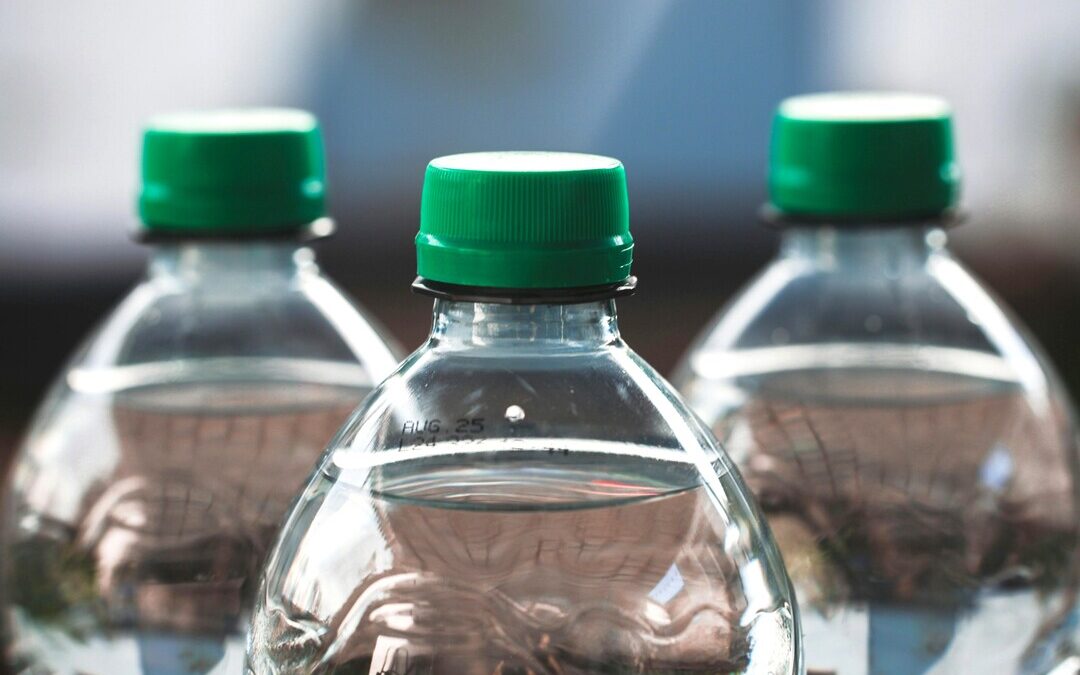Europe’s EPBP Launches Circularity Test to Boost PET Recycling Efficiency
New EPBP protocol helps PET bottle producers meet EU recycling targets through multi-loop circularity testing.
The Brussels-based industry body, European PET Bottle Platform, has introduced a new Circularity Test Protocol aimed at advancing the circular economy by enabling more effective and repeated recycling of polyethylene terephthalate bottles.
The test, which simulates multiple recycling loops, builds on EPBP’s existing Design for Recyclability Protocol and is designed to help the packaging industry align with tightening EU sustainability rules, including the Packaging and Packaging Waste Regulation.
Multi-loop recycling refers to the process in which PET bottles are recycled multiple times, going through several cycles of collection, processing and remanufacturing into new bottles or products.
“With this new protocol, EPBP reinforces its commitment to fostering sustainable packaging innovations that embody true circularity,” said Antoon Spiessens, co-chair of EPBP and representative of UNESDA.
Toward True Circularity
The Circularity Test Protocol provides a standardized method to evaluate how PET bottles perform across multiple recycling cycles, addressing a growing demand for high-quality recycled PET and helping companies meet rising targets for recycled content.
“Circularity” in EU policy terms refers to maximizing resource efficiency, extending product lifespans and minimizing waste — all while ensuring materials remain within the economy through effective recycling.
“This protocol offers industry stakeholders a reliable framework to assess and improve the circularity of PET bottles during their R&D phase,” said John McClelland, co-chair of EPBP and representative of PETCORE EUROPE.
Transition Phase Underway
EPBP said it will offer both recyclability and circularity test protocols during a transition period, allowing companies time to adjust their R&D practices to the new standards.
The group strongly encourages early adoption of the circularity protocol, warning that innovations passing the recyclability test may not meet the stricter demands of circularity assessment.
Guidelines for design-for-circularity are expected to be published in the coming months.
Evolving Standards
For more than 17 years, EPBP has served as a key player in setting PET packaging guidelines and testing innovations to ensure recyclability.
It acts as a liaison to the European Committee for Standardisation, contributing to regulatory development and knowledge sharing across the industry.
The organization said transitioning from a recyclability to a circularity focus will offer clearer direction for the PET value chain as Europe moves toward multi-loop recycling systems.
Nirmal Menon
Related posts
Subscribe
Error: Contact form not found.


